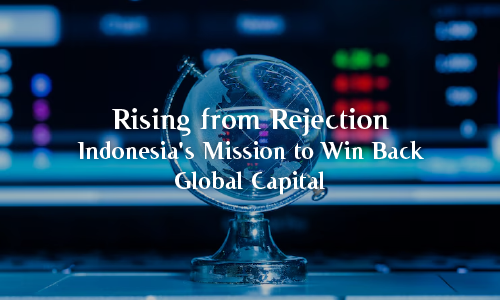
Summary: This legendary statement by Napoleon is no longer just a historical warning—it has become a contemporary geopolitical reality. China's transformation from a closed agrarian society into a global economic powerhouse is a multidimensional phenomenon rooted in its long history, policy reform, and the dynamics of globalization. This review reflects on that evolution through the lens of historical trade (the Silk Road), post-Mao economic reforms, the Belt and Road Initiative (BRI), and development theory frameworks such as Rostow’s model, with an emphasis on macroeconomic data and current international trade dynamics.
Silk Road: From Historical Trade Route to Global BRI Strategy
Since the 2nd century BC, the Silk Road has served as the backbone of Eurasian trade. Archaeological and economic history studies show that the overland route from Xi’an to Istanbul and the maritime path from Quanzhou to East Africa enabled the transmission of commodities, technologies, and ideologies across continents. In this context, China has long played an active role in the global trading system.
The revitalization of the Silk Road spirit was manifested through the Belt and Road Initiative (BRI), launched by President Xi Jinping in 2013. By 2023, the BRI encompassed over 140 countries with cumulative investments exceeding $1 trillion (World Bank, 2023). Strategic projects such as Gwadar Port (Pakistan), the Jakarta–Bandung high-speed rail (Indonesia), and the China–Europe Economic Corridor illustrate the integration of infrastructure and economic diplomacy. Although BRI has faced criticism for "debt-trap diplomacy," research by Hurley…

















